Optimal Timing for Waterproofing Applications
Waterproofing is a crucial process to prevent water intrusion and protect structures from moisture damage. Proper timing ensures optimal adhesion and durability of waterproofing materials, extending the lifespan of the protected surfaces. The right season can significantly influence the effectiveness of waterproofing applications.
Spring offers moderate temperatures and lower humidity, ideal for waterproofing projects. It allows sufficient curing time before summer heat or winter cold.
Summer provides warm weather, which accelerates curing. However, high temperatures and humidity can affect application quality if not managed properly.
Fall's cooler temperatures and lower precipitation make it suitable for waterproofing, especially in regions with harsh winters.
Winter conditions pose challenges due to freezing temperatures and snow, which can compromise waterproofing materials and adhesion.
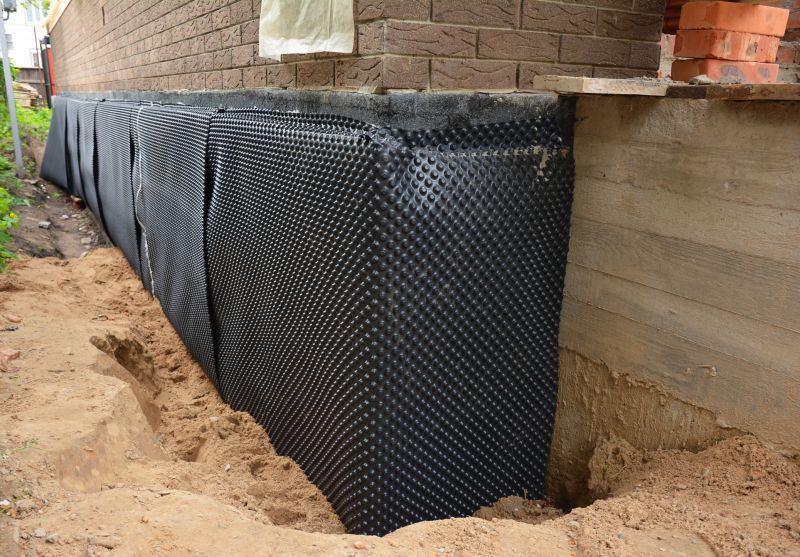
Ways to make Waterproofings work in tight or awkward layouts.
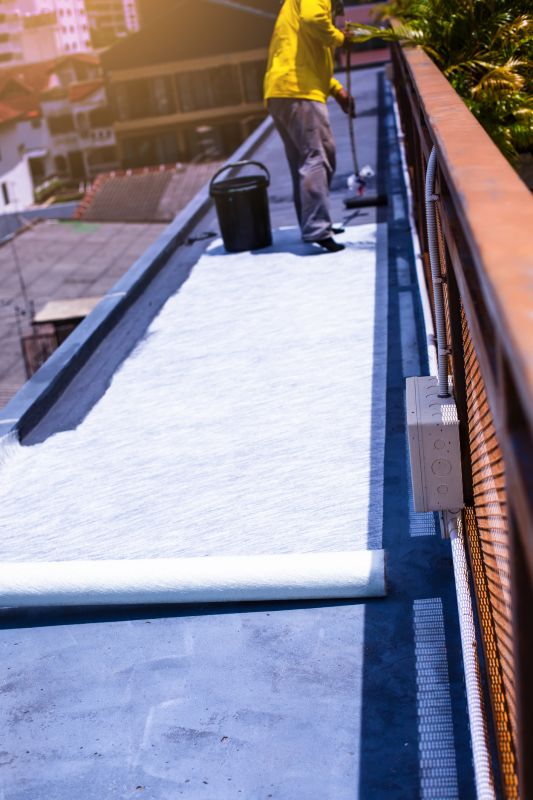
Popular materials for Waterproofings and why they hold up over time.

Simple add-ons that improve Waterproofings without blowing the budget.
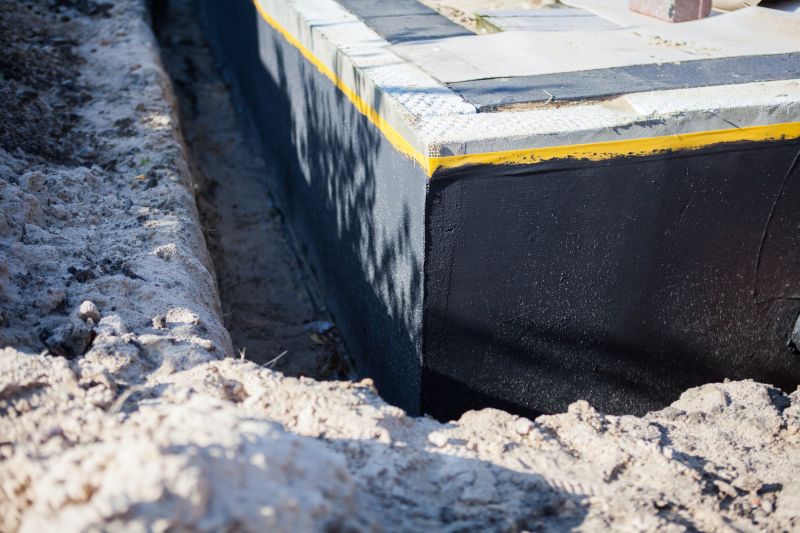
High-end options that actually feel worth it for Waterproofings.

Finishes and colors that play nicely with Waterproofings.
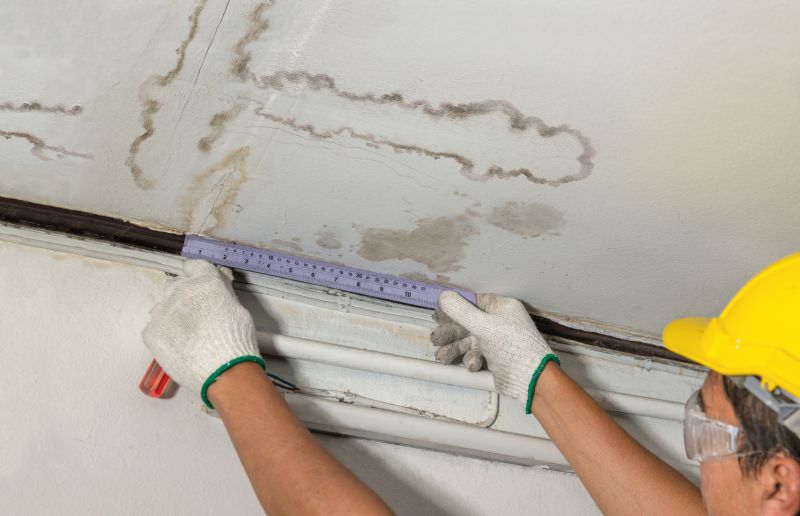
Little measurements that prevent headaches on Waterproofings day.

A 60-second routine that keeps Waterproofings looking new.

A frequent mistake in Waterproofings and how to dodge it.

Small tweaks to make Waterproofings safer and easier to use.
| Season | Ideal Conditions |
|---|---|
| Spring | Moderate temperatures, low humidity, dry weather |
| Summer | Warm weather, low rainfall, manageable humidity |
| Fall | Cooler temperatures, dry conditions, low humidity |
| Winter | Freezing temperatures, snow, high risk of material failure |
Waterproofings are essential for protecting foundations, roofs, basements, and other structures from water damage. Proper application during the appropriate season maximizes effectiveness and longevity. Waterproofing materials vary, including membranes, coatings, and sealants, each suited to different conditions and surfaces. Regular inspections and timely reapplications can prevent costly repairs and structural issues caused by water infiltration.
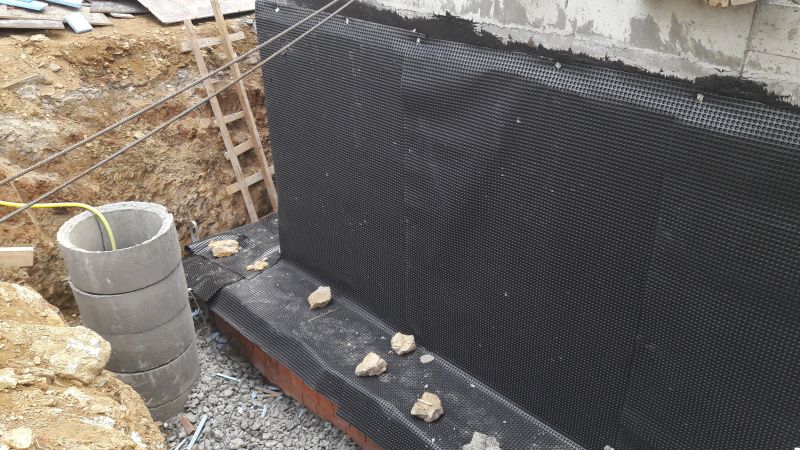
Lower-waste or water-saving choices for Waterproofings.
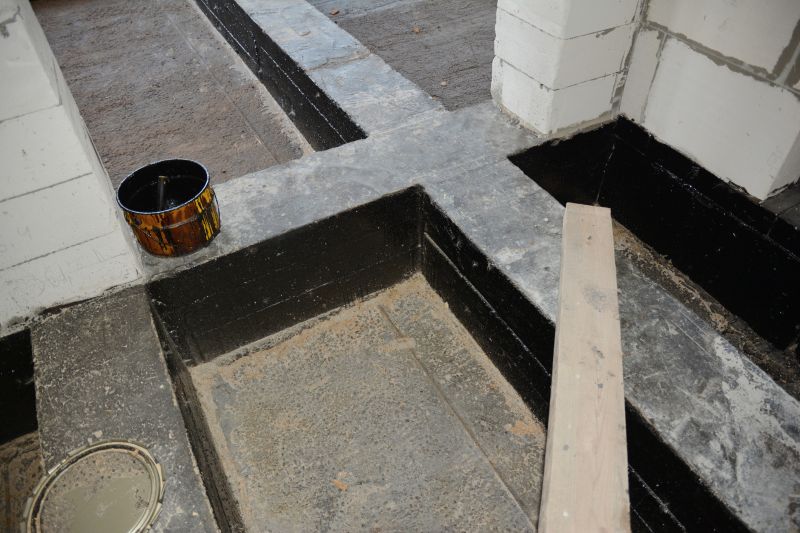
The short, realistic tool list for quality Waterproofings.
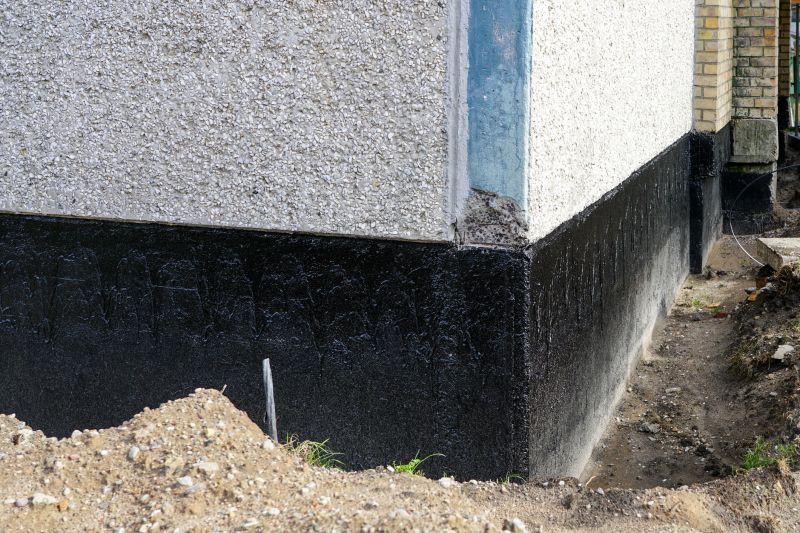
Rough timing from prep to clean-up for Waterproofings.

Quick checks and paperwork to keep after Waterproofings.
Interested in waterproofing services? Filling out the contact form can provide more information and help schedule inspections or applications to ensure structures remain protected from water damage.

